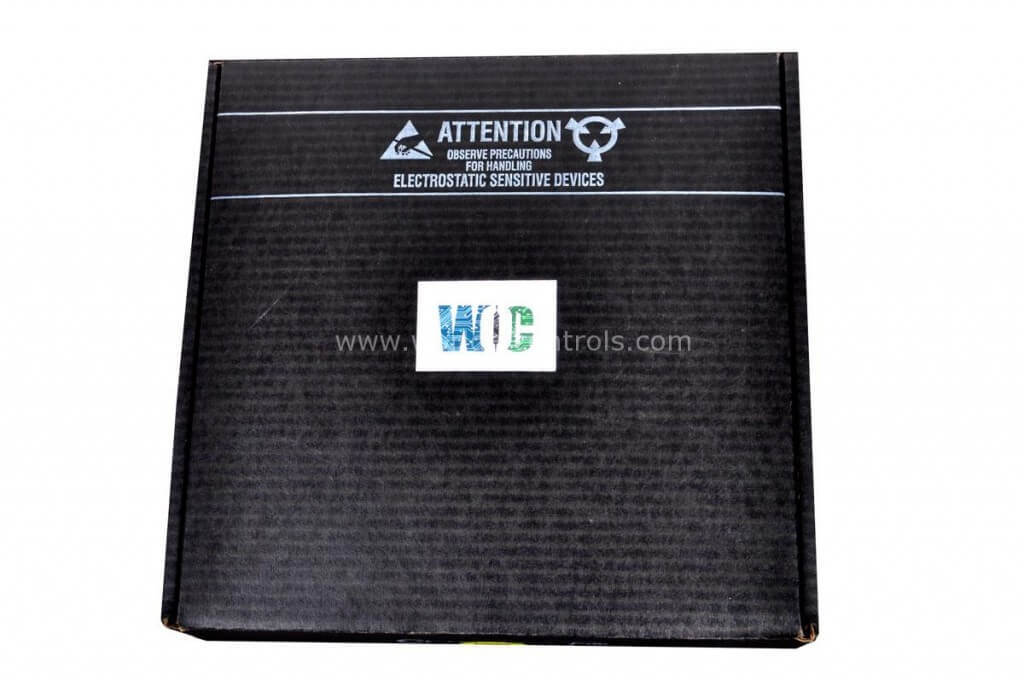
World Of Controls understands the criticality of your requirement and works towards reducing the lead time as much as possible.
DS3820PSFA - Digital AC Input Assembly Module is available in stock which ships the same day.
DS3820PSFA - Digital AC Input Assembly Module comes in UNUSED as well as REBUILT condition.
To avail our best deals for DS3820PSFA - Digital AC Input Assembly Module, contact us and we will get back to you within 24 hours.
SPECIFICATIONS:
Part Number: DS3820PSFA
Manufacturer: General Electric
Series: Mark IV
Function: Digital AC Input Assembly Module
Input Voltage Range: 85–132V AC
Input Frequency: 47–63 Hz
Voltage category: 240V AC 50/60 Hz
Operating voltage range: 159- 265V AC
Current draw @ 5.1V: 100 mA
Isolation Voltage: 1500V RMS
Total backplane power: 0.58 W
On-state voltage: 159- 265V AC
Inrush current, max: 250 mA
Input voltage: 240V AC
Repair: 3-7 Days
Weight: 2.00 lbs
Country of Origin: USA
Availability: In Stock
FUNCTIONAL DESCRIPTION:
DS3820PSFA is a Digital AC Input Assembly Module manufactured and designed by General Electric as part of the Mark IV Series used in GE Speedtronic turbine control systems. The Digital AC Input Assembly Module is a critical component in industrial control systems, designed to receive and process alternating current (AC) signals from external field devices such as push buttons, selector switches, limit switches, and relay contacts. It converts these incoming AC signals into discrete digital signals that are recognized by a controller, such as a Programmable Logic Controller (PLC) or a Distributed Control System (DCS). The module typically incorporates optical or transformer isolation to ensure electrical separation between high-voltage field wiring and sensitive control electronics, enhancing system reliability and protecting against voltage transients and electrical noise.
INSTALLATION:
The module must be securely mounted in its designated location, whether in a panel enclosure or on a DIN rail, according to the manufacturer’s guidelines. Field wiring should be connected carefully, ensuring that each AC input wire is terminated at the correct input channel as per the wiring diagram provided in the installation manual. It is important to verify the input voltage levels and ensure they match the specifications of the module, typically 120V or 240V AC.
OPERATION:
The Digital AC Input Assembly Module continuously monitors the status of each connected input signal. When an AC voltage is present at an input channel, the module detects this condition and generates a corresponding digital signal—typically a logic HIGH—that is sent to the controller. When no voltage is detected, the signal is interpreted as a logic LOW. Most modules include status indicator LEDs that illuminate when an input is active, providing at-a-glance diagnostics and aiding in system monitoring.
COMPATIBILITY:
The module communicates using standard discrete input logic, making it suitable for integration into both legacy and modern control systems without the need for specialized interfaces. In distributed control environments, it can also be connected via I/O racks or remote I/O modules using protocols like Modbus, Profibus, DeviceNet, or EtherNet/IP, depending on the system architecture. The standardized input signal conditioning ensures that the module responds reliably to typical field devices regardless of brand, ensuring seamless interoperability and ease of replacement or upgrade.
WOC maintains the largest inventory of OEM replacement parts for GE Speedtronic Control Systems. We also specialize in expert repair services for malfunctioning boards and offer a wide range of unused and refurbished units—all covered by warranty. Our experienced team is available 24/7 to assist with your automation and OEM needs. For inquiries regarding pricing, availability, or repairs, please contact us by phone or email.
Why is the input LED not turning on even though the field device is active?
This could be due to several reasons, including insufficient AC input voltage, loose wiring, or a failed input channel. Verify that the voltage at the input terminal meets the module's required specifications and check all wiring connections. If everything appears correct and the LED still does not turn on, the channel may be defective and require service or replacement.
Why are all input LEDs off even though multiple field devices are active?
If all LEDs remain off, check the module’s power supply and ensure it is correctly seated in the rack or mounting base. Also, verify that the common terminals and grounding are properly connected. A system-wide issue, like a blown fuse or disconnected power, may be the cause.
The input LED stays ON even when no AC signal is present—what does this mean?
This may indicate a short circuit, leakage current from adjacent wires, or a faulty opto-isolator inside the module. Check for external wiring errors or damage, and if needed, isolate the channel for further diagnostics or replacement.